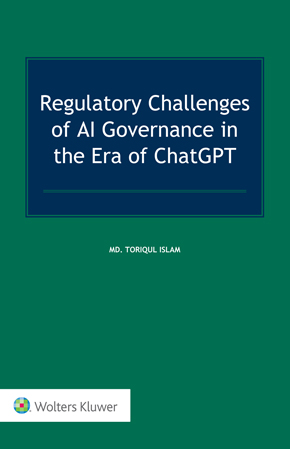
Through 11 meticulously researched chapters, this book examines AI’s historical development, industry applications, socio-ethical concerns, and legal challenges. Advocating for a human-centric, risk-based regulatory approach, emphasising transparency, public participation, and ongoing monitoring, the book covers the following aspects of AI and its governance:
Throughout, the author identifies significant gaps in existing legal frameworks and explores potential policy directions to bridge these gaps.
The book offers invaluable insights and recommendations for policymakers, legal experts, academics, students, technologists, and anyone interested in AI governance. It underscores the need for a collaborative effort and meaningful dialogue among industry leaders, academia, and civil society globally to promote responsible and ethical development and use of AI for the benefit of humanity.